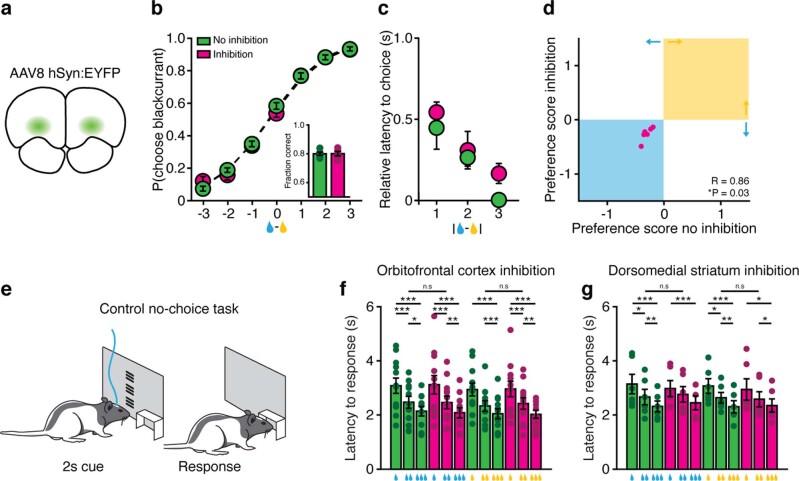Extended Data Fig. 3. Optogenetic inhibition control experiments.
a-d. Optical stimulation does not alter economic decision-making in animals expressing EYFP in the OFC. a. Schematic of experimental preparation. b. Probability of choosing blackcurrant-predictive cue as a function of difference in the volume of available rewards for no illumination (green) and illumination (magenta) trials (n = 6 rats, two-way repeated-measures). Inset, fraction of trials in which animal chose the larger available reward on no illumination (green) and illumination (magenta) trials (n = 6 rats, two-sided paired t-test). c. Latency to choice nosepoke response as a function of the absolute difference in the size of rewards available on no illumination (green) and illumination (magenta) trials (n = 6 rats, two-way repeated-measures ANOVA). d. Juice preferences computed on trials with OFC illumination are correlated with juice preferences computed on trials without OFC illumination (Pearson’s correlation). e. Schematic of control task for probing whether effects of optical inhibition specifically impact choice behavior. f, g. Latency to nosepoke response for cues predicting different size rewards in control no-choice task on trials in which the OFC (f) or DMS (g) was not inhibited (green) or was inhibited (magenta). OFC or DMS inhibition did not alter latencies to respond in no-choice control task (OFC: n = 12 rats, DMS< n = 6 rats, two-way repeated-measures ANOVA). * P < 0.05, ** P < 0.01, *** P < 0.001, Data are presented as mean ± SEM.

